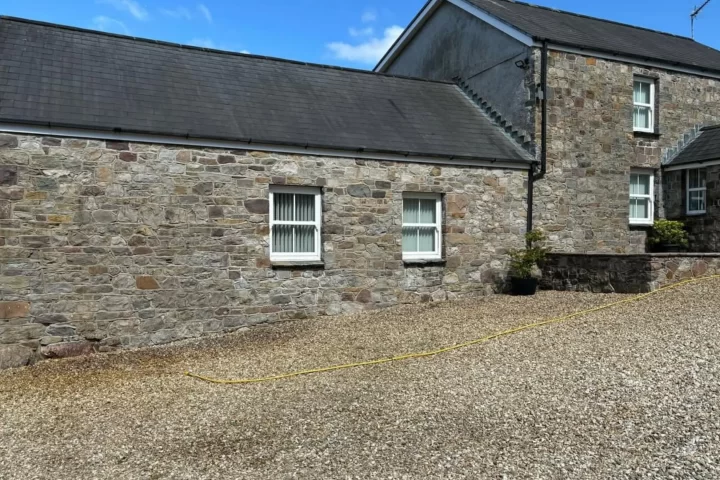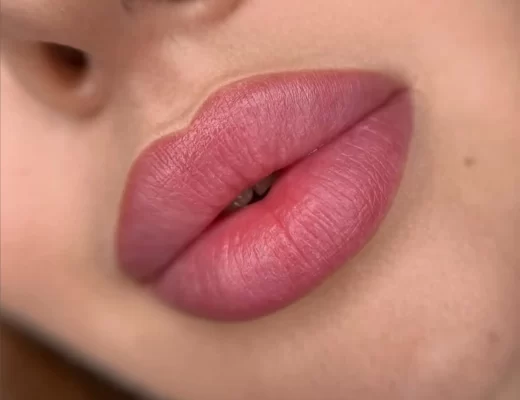Rendering is a top process in construction and home improvement, giving both aesthetic and structural protection. But choosing the right time of year to render is crucial to durability and finish. Temperature, humidity and weather conditions play a huge role in a rendering project’s success. In this article we’ll look at the best times of the year to render and what to consider before you start your project.
Timing is Everything in Rendering
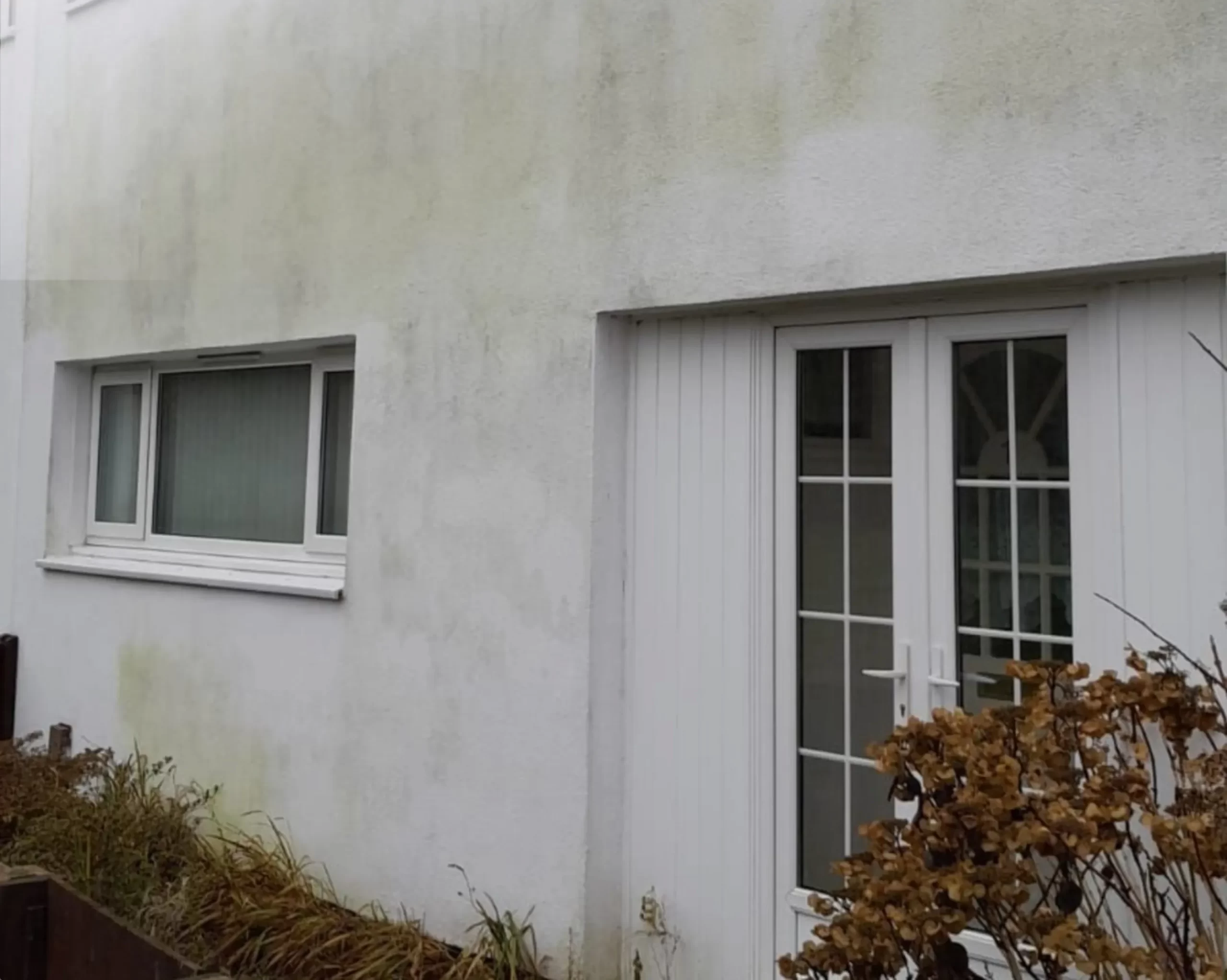
Rendering’s success depends on the curing process which is affected by weather. Rendering in the wrong season can result to cracking, poor adhesion and uneven surface. That’s why it’s important to choose a time of year that provides optimal conditions for drying and setting. The drying process, drying time and curing times must be managed carefully to avoid patchy finish and colour inconsistency. Post-render maintenance such as render cleaning Melbourne ensures the longevity and aesthetic of the render.
Best Time to Render
Spring (September – November)
Spring is one of the best times to render due to mild temperatures and lower humidity. Here’s why:
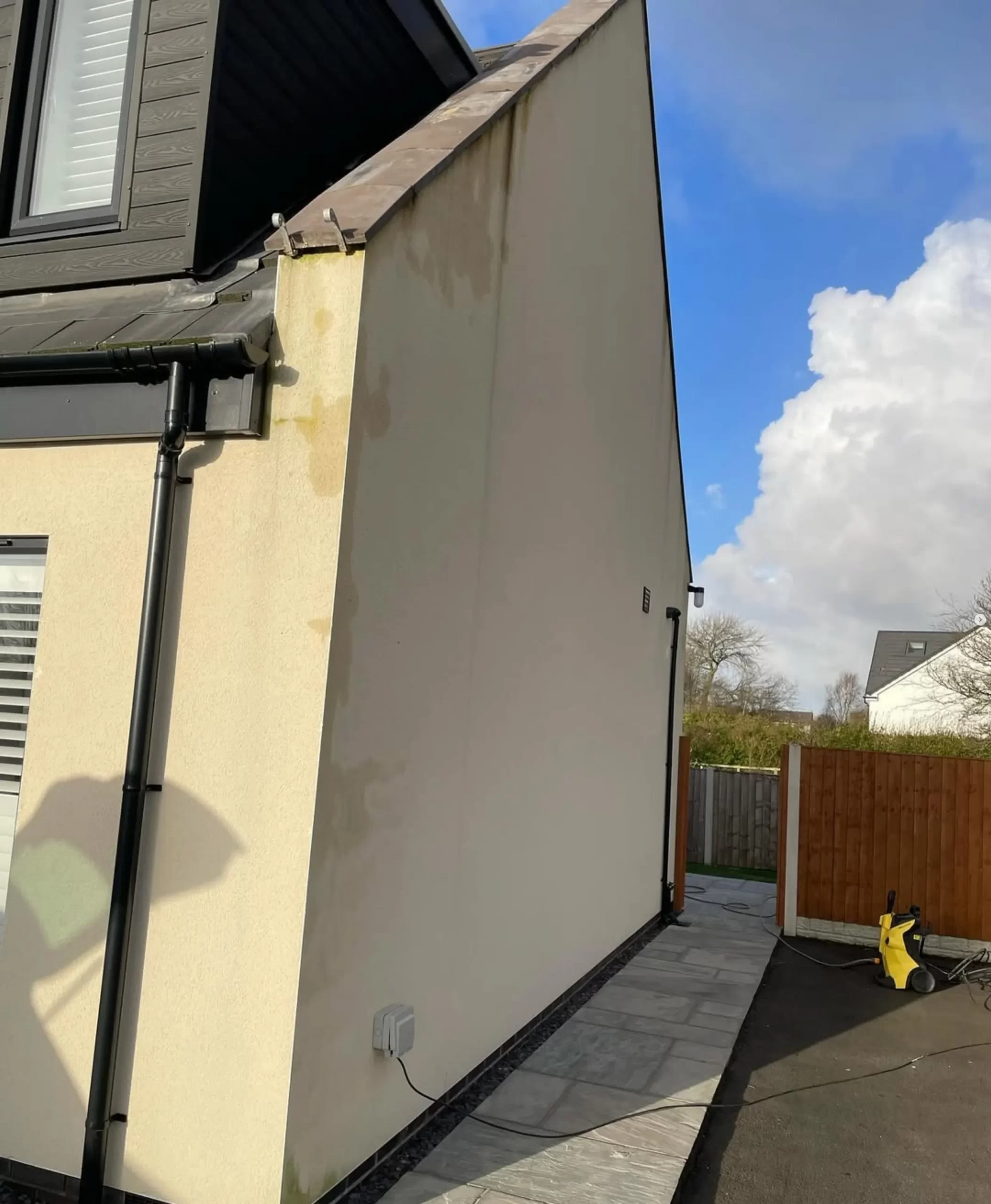
- Mild temperatures: Ideal for curing, reduces the risk of cracks.
- Less rainfall: Less chance of wet weather affecting the drying process.
- Longer daylight hours: More time for professionals to finish the job.
- Correct products can be used: Can use render options such as silicone-based render, mineral-based render and breathable render systems.
- Easier cleaning post-application: Can use pressure washing service to clean and maintain render without damaging the surface.
Autumn (March – May)
Autumn is another great season to render, offers similar benefits to spring:

- Stable weather: Less temperature fluctuation means better adhesion.
- Less extreme heat or cold: Prevents premature drying or freezing.
- Minimal rain impact: Ensure render sets properly without moisture interference.
- Weather is important: Autumn weather allows balanced conditions for different types of render, acrylic renders, silicone renders and architectural renders.
- Regular maintenance post-render: Engage a render cleaning service to protect the surface from dirt buildup and staining.
Seasons to Avoid for Rendering
Summer (Dec – Feb)
Summer may seem like the easiest time but it can bring challenges:
- Too hot: Rapid drying can cause cracks and poor adhesion.
- Too much UV: Can cause discolouration and affect curing time.
- Sudden storms: Fresh render can be damaged by unexpected rain.
- Hot sun and direct sunlight: Can dry too quickly and cure incorrectly.
- Regular cleaning required: Engage a pressure cleaning company after render to keep it looking fresh and remove dust buildup caused by hot dry conditions.
Winter (June – Aug)
Winter is the worst time to render due to cold and wet conditions:
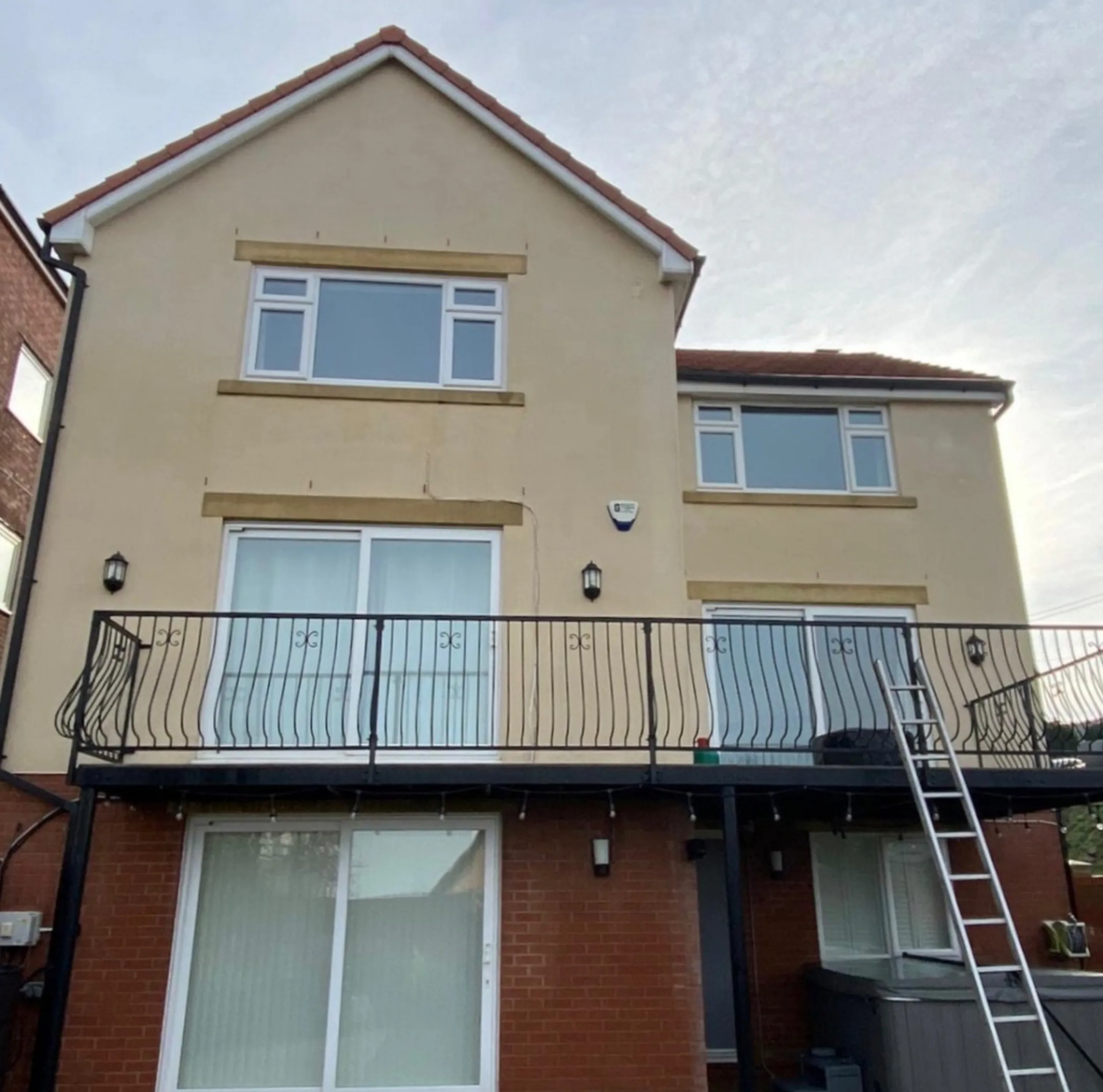
- Cold and wet: Slows down the drying process and adhesion issues.
- Frequent rain and humidity: Moisture can weaken the render.
- Shorter daylight hours and artificial lighting: Less time for the workers to finish the job each day.
- Chance of frost and frost risk: Affects the chemical reaction and setting of the render.
- Winter specific materials needed: Winter adhesive, Winter Grade products and proper carrying substrate required.
Things to Consider Before Rendering
Regardless of the season consider these before you start:

- Weather Forecast: Consistent dry conditions for at least a week.
- Temperature Range: 10°C to 25°C is the ideal temperature for rendering.
- Wind Conditions: Strong winds can cause uneven drying and dust contamination.
- Humidity Levels: Moderate humidity is best for curing.
- Time of Day: Early morning or late afternoon application to avoid direct sunlight.
- Layering: Base coat, scratch coat, basecoat layer and finish coat must be done correctly for a great render.
- Architectural considerations: Heritage matters should be taken into account especially for architectural rendering and photorealistic effects.
- Post render maintenance: Engage a render cleaning Melbourne service to keep the render looking fresh and prolong its life.
Conclusion
Spring and autumn are the best times of the year to render, with stable temperatures, minimal rainfall and perfect curing conditions. Avoid extreme weather in summer and winter to ensure the longevity and quality of your render. By choosing the right time and considering key environmental factors such as drying time, curing process and architectural styles you can get a professional finish for your property. Also render cleaning can keep your surfaces in top condition for years to come.
FAQs
Can rendering be done in winter?
Rendering in winter is possible but not recommended due to low temperatures, cold substrate and high moisture levels that can affect the drying process and curing times.
How does temperature affect rendering?
Temperature affects how fast the render dries. Extreme heat can dry it too quickly causing cracks, while cold temperatures and adverse weather can slow down the curing process and adhesion.
What happens if it rains after rendering?
Rain can wash off fresh render or cause blotchy marks. Best to apply render when there’s a forecast for dry weather for at least 48 hours. Wet weather can affect colour consistency and render adhesion.
Can you render in summer?
Rendering in summer is possible but should be done early morning or late afternoon to avoid extreme heat that can cause cracking and poor bonding. Using space heaters and shade can help regulate the drying process.
How long does render take to dry?
Depending on the weather conditions render takes 24-48 hours to dry to the touch and about 28 days to fully cure. Factors such as moderate temperatures, ample sunlight, drying period and atmospheric renders impact the drying time. Also pressure washing service can clean and maintain the render after it’s fully cured.
